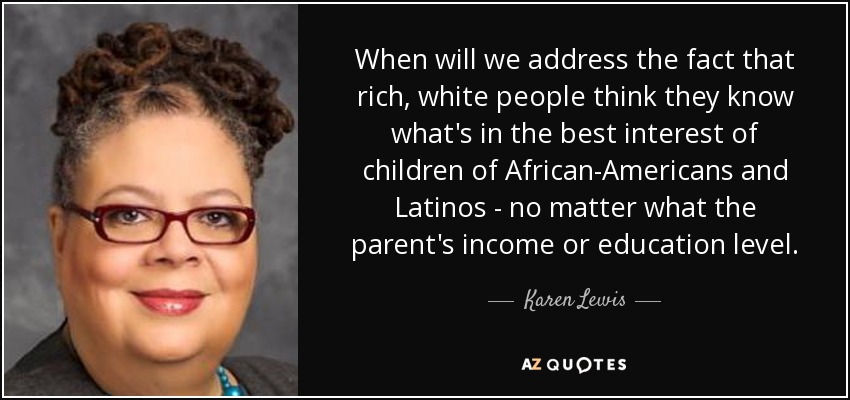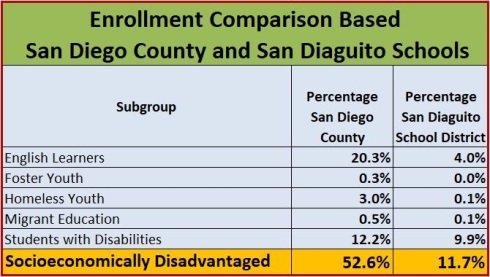For-Profit Charter School Founder Uses Extortion and Threats in Letter to Parents
Livingston Developmental Academy Co-Founder Chuck Stockwell is considered an institution in the Michigan for-profit charter school industry. Who knew a loving parent relying on vision therapy to cure his daughter of an inoperable brain tumor would over two decades later be the successful businessman of the charter school campus now known as Charyl Stockwell Academy? Chuck Stockwell is semi-retired these days, but he’s still very active in promoting the for-profit charter school agenda and overall operations of CSA through his management company, CS Partners.
CSA is one of the highest ranking schools academically of all for-profit charter schools operating in the state. The school has an overall achievement score of 67 percent proficient in reading and 42 percent proficient in math. Boasting 1000 students, CSA expanded and moved into a new building in 2010. In 2013, for-profit charter school authorizer Central Michigan University granted CSA the status of “school of excellence.”
With all of that wonderful news, it would seem highly unlikely CSA would ever fall on hard times. According to a letter Chuck Stockwell sent out to parents of CSA students, however, things appear to not be going so well after all:
Dear CSA District Community,I would like to share with you some information about how the state of Michigan funds public charter schools.
• Public charter schools in Michigan are funded from the state education budget.
• The amount each school receives is determined by the number of students enrolled at that school, based on the October student count.
• The per-student amount of money that each school district receives is determined by how much money that the school district was collecting 25 years ago when Proposal A was passed.
• Proposal A was passed to equalize funding between schools. Prior to the passage of Proposal A, the amount of public tax paid to each school district ranged from $2,500 to $12,000 per enrolled student. Now, most school districts receive about $7700 per student. Some still get more and some still get less. Last year CSA District received $7871 per student
• Charter schools receive the same amount of funding as the traditional public school district in which they are located unless that amount is higher than the state average. If that amount is higher than the state average, the charter school receives the state average and the traditional public school receives the higher amount.
• CSA District has about 1,000 students which means the District receives about $7,600,000 from public taxes this year.
• CSA District has nice buildings but not as nice as those in Hartland or Brighton or Howell. Teachers in Hartland, Brighton, and Howell get paid more than teachers in the CSA District. The nicer buildings and higher teacher pay are directly related to each other. How?
◦ Every year, CSA District makes payments on the money they borrowed to buy or build their buildings. This year that payment will be $1,136,900. ALL of that debt payment comes out of the general fund, the per-pupil allotment that CSA District receives from the state.
• All of the traditional public schools in Livingston County use absolutely none of the money they Continue reading: For-Profit Charter School Founder Chuck Stockwell Resorts to Extortion and Voter Manipulation With CSA Parents – Up North Progressive



















